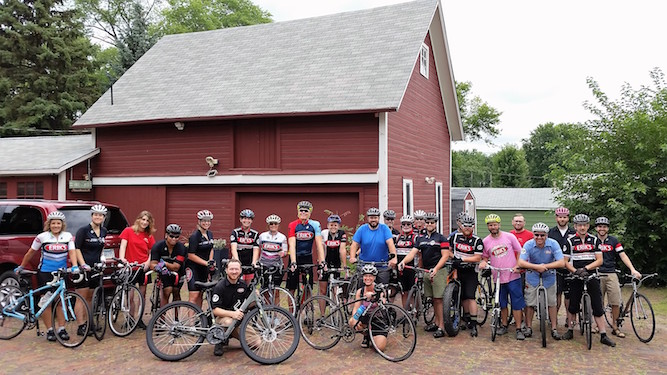

Welcome to Retailers Rule!, an interview series exploring digital marketing insights from the perspective of local retailers and the brands they sell. Our latest interview features Steve Parsons, Marketing Manager at ERIK’S Bike Board Ski.
Founded in 1977 by Erik Saltvold out of his parents’ barn, ERIK’S has since become the midwest leader in bikes, boards, and skis, with locations throughout Minnesota, Wisconsin, and Kansas.


Steve Parsons, ERIK’S Bike Board Ski
Steve Parsons has been working as the Marketing Manager for ERIK’S since last year, coming from an advertising agency background.
Over the course of our conversation, Steve and I talked about technological integration in the cycling industry, the messiness of brand asset portals, and leveraging content to create a consistent retail marketing strategy.
There’s definitely no such thing as a typical day here [laughs]. Every day I come in, I have no idea what surprises are going to pop up, especially since it’s my first year here.
Most of my day, though, is spent focusing on piecing together a cohesive marketing strategy for the company. One of our top priorities is to really think about what we want to do strategically and then look to see how that performed and what the ROI was.
There are a number of trends going on right now that I’ve been noticing, particularly when it comes to connectivity and the integration of technology.
e-Bikes are playing a much larger role in the cycling industry and are becoming a bigger category. It’s still relatively small, but it’s growing quickly in the US. If Europe is any indication, it will only continue to grow internationally as well.
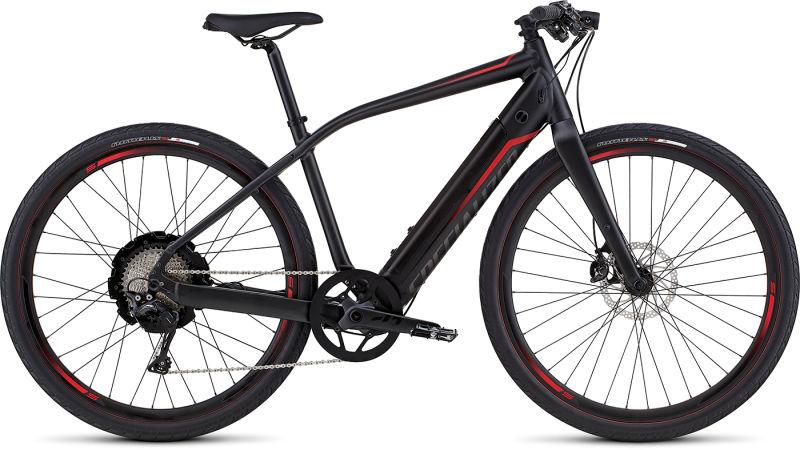

The 2016 Specialized Turbo S eBike
Beyond e-Bikes, though, you’re seeing new forms of connectivity made available through technology, like bicycle trainers that connect to your phone and allow you to find a specific bike route that will actually adjust the resistance of the trainer based on that route.
These are all just examples of technology giving in to the industry, making things easier and allowing people to be more connected.
We need to be aware that the consumer wants a better experience and more capabilities overall.
From a product standpoint, we need to stay on top of those trends, but from a marketing perspective, I think it’s important to create content that helps the consumer understand what’s going on out there.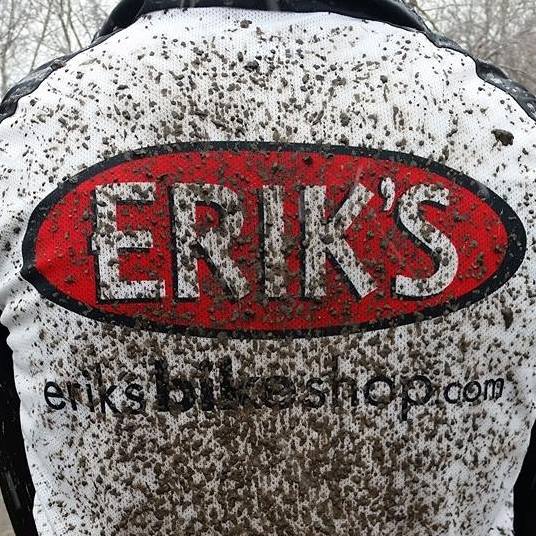

When customers walk into the store, we do a phenomenal job of being a resource for all things bikes. You’ll be able to ask any of our staff members questions, and they’ll have the answers. Before, our website was strictly focused on selling, and the omni-channel experience wasn’t consistent.
In the last year, we’ve done a great job of getting more content on our website. Now, just like when you walk into one of our stores, you will find resources to get the answers you’re looking for. We want you to see our expertise everywhere.
Related content: Local Business of the Year 2016: Shining a Light on Retailer Stories >
We’ve found some success using paid advertising on Facebook, as well as channels like SEM (search engine marketing) and digital display.
One of our biggest challenges, though, is to connect the digital world with the brick-and-mortar world, physical and digital. We can track someone digitally when they go to our website and make a purchase, but we don’t have the capabilities to see if the ad we served them drove them into the store.
We have some rough conversion metrics, but there’s still a challenge in trying to connect the dots.
We started using Promoboxx when Specialized launched on the platform, so it’s been a few months now.
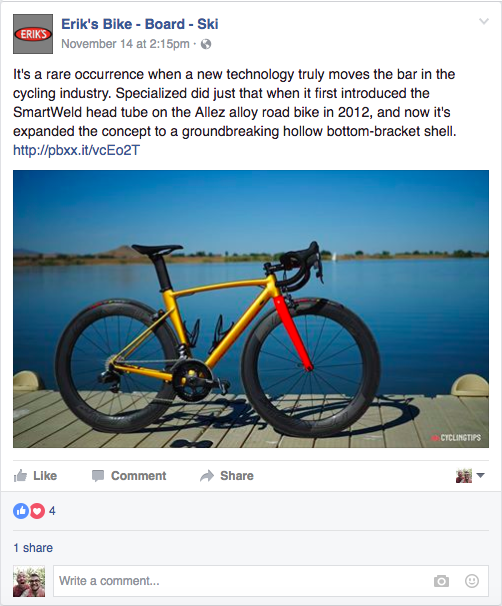

Example co-branded Facebook share
Promoboxx has been great. To me, it’s a no-brainer for both the brand and the retailer.
For the audience, it’s a much more personal interaction, since the message is coming from their local bike shop and not the national brand. From the brand perspective, they are expanding and augmenting their overall audience by delivering brand content and campaigns through the dealers.
For the dealers like us, it provides access to turn-key content and campaigns that can be promoted to local audiences with the click of a button. We are very busy here and don’t have a lot of free time, so it’s great to have Promoboxx.
It helps us get out quality content that is applicable to our consumers and, at the same time, about the products that we sell.
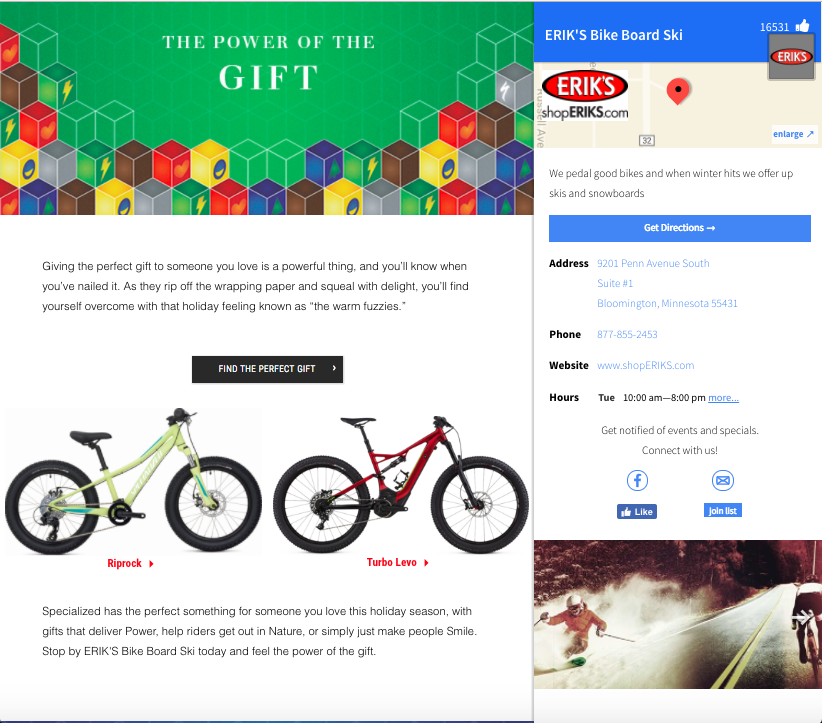

Example co-branded landing page
Related content: 4 Secrets to Help Retailers Become Your Best Local Advertisers >
All of our other manufacturers give us access to content, but many of them have unorganized asset websites or portals where I need to sift through pictures, find one that’s right, crop it, maybe add some copy, then put it out. That whole messy process just makes it much less likely that I will want to share the content.
I would say having a plan and a strategy is crucial. Nothing needs to be perfect, and there are always going to be unknowns when working with a new channel, but I think the key is to put a plan together to figure out how to read what you’re doing because, if you’re not looking at what you’re doing, it can be very difficult to gauge whether or not you’re being successful.
A special thanks to Steve for taking the time to speak with us! Be sure to check out ERIK’S on Facebook, Instagram, and their website.
With Promoboxx, leading brands like Specialized give their independent bike shops access to professional marketing content for promotion across key digital channels, all co-branded to highlight both the brand and the store.
By leveraging Promoboxx, brands extend national messaging and amplify brand awareness at the local level, all while providing their dealers with an effective, easy-to-use digital marketing solution.
Promoboxx Expands Customer Base of Cycling Brands Investing in Retailer Network [Press Release] >
Trek Bikes Drives Highly Targeted Customers In-Store [Case Study] >
Al’s Sporting Goods Expands Digital Marketing Toolbox [Interview] >
Local Business of the Year 2016: Shining a Light on Retailer Stories [SlideShare] >
Top 5 Social Media Tips You Should Be Giving Your Local Retailers >

